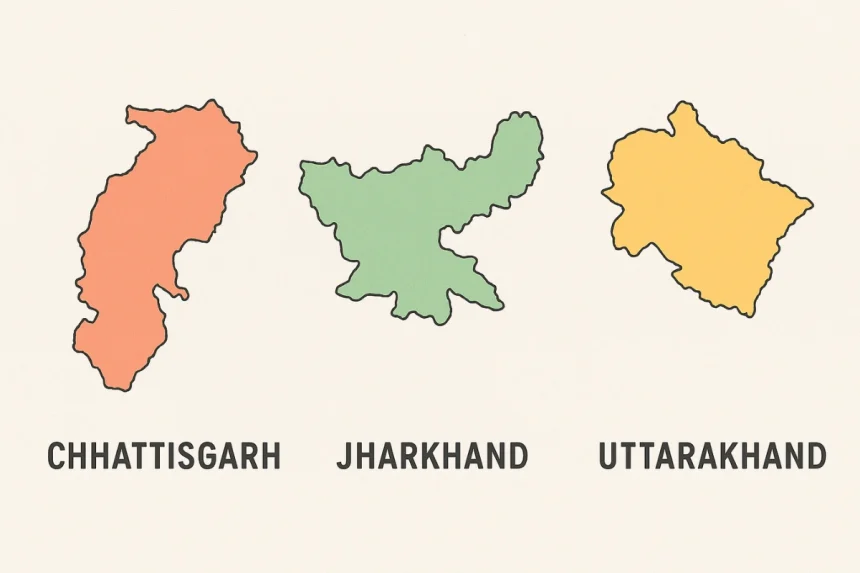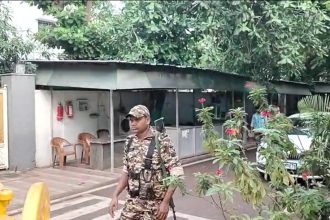Over the coming week three states would complete 25 years of their formation. In its first stable term, the then NDA government under the premiership of Atal Bihari Vajpayee carved out 3 smaller states from their much larger mother states.
While Uttarakhand and Jharkhand had been bitterly fought for with many violent protests also, Chhattisgarh was made over a relatively limited movement. The BJP had made inroads into these islands of Congress stronghold within states that had since moved out of the Congress sphere, it had used these state formation as the political offer.
Today it is firmly entrenched each of these states, while Uttarakhand and Jharkhand have done so only after the Modi era took over, Chhattisgarh has been religiously returning 10 BJP MPs out of its 11 since its formation.
After a quarter century, the states have had different trajectories. Uttarakhand saw itself as a small hill state, with its identity overshadowed in the huge Uttar Pradesh, despite giving it the maximum number of charismatic chief ministers.
Even today UP has a chief minister from Uttarakhand. Jharkhand similarly forwarded a tribal identity, though it was relatively industrial and developed within Bihar.
Chhattisgarh had no identity issues as Madhya Pradesh remains a multiethnic state, with similar tribal and geographical landscape, it complained of discrimination and neglect.
Uttarakhand has definitely progressed since, with a small population and decentralized system. Local population took control of government jobs and it was relieved of the drain on its resources.
Chhattisgarh cannot be said to have fared better than Madhya Pradesh though, yet it is definitely not like the remote corner, that it was. Both have had similar political conditions and BJP has won all elections barring in 2018 in both the states.
Since then Madhya Pradesh has done well in agriculture and infrastructure while Chhattisgarh has improved its dismal infrastructure. They continue to lie just above UP and Bihar in development. Jharkhand has been a disappointment though.
At its inception, it was one of the most industrialized states in the country and had the largest mining sector and today it’s a pale shadow of that.
It has faltered in most of its promises except that it has politically empowered the tribals. At 27% tribal population it has all tribal chief ministers except one, while Chhattisgarh with 32% tribal population has just found a tribal chief minister.
So the argument for smaller states has no clear evidence. The story lies in political awareness and quality of leadership.









